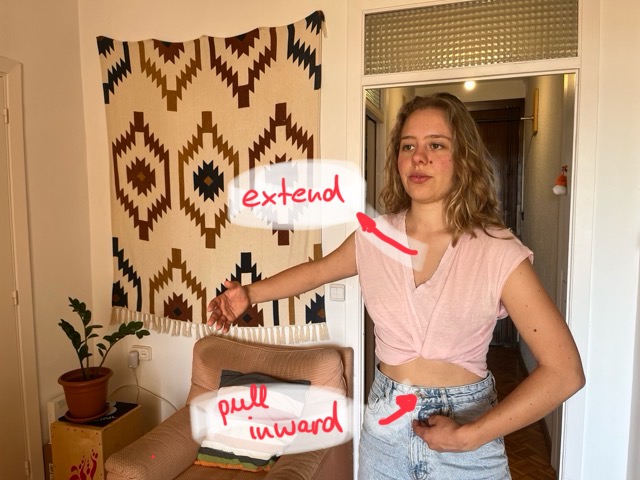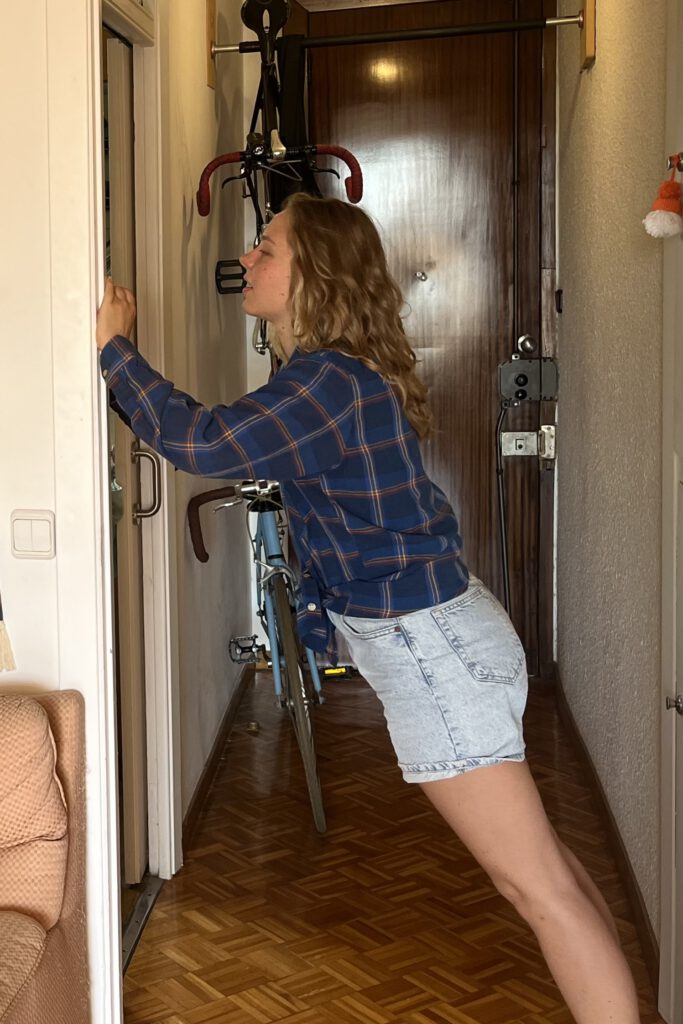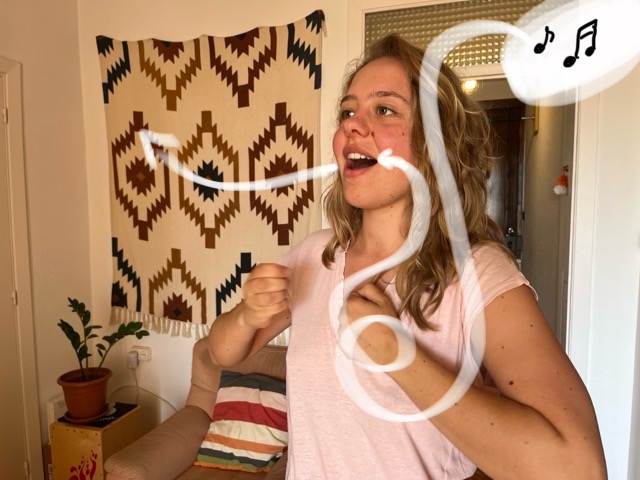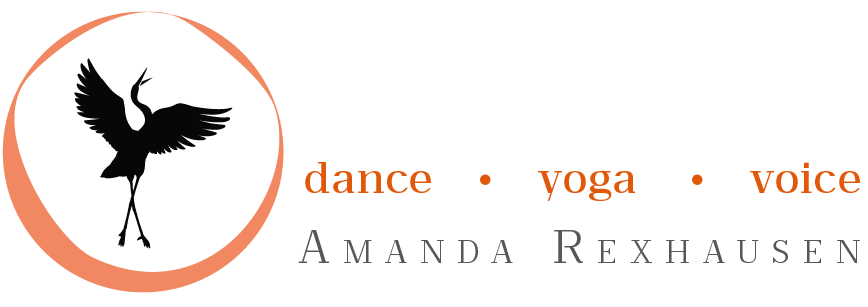I used to think that if I just sang louder, I’d sing with power. Simple, right?
Wrong.
All I got was a sore throat, a cracking voice, and a deep sense of confusion. Why wasn’t I getting stronger? Why did it feel like the harder I tried, the worse it got?
Years passed. And eventually, it clicked: real vocal power doesn’t come from force. It comes from connection, from smart technique, and from deep inside your body. When everything lines up—the breath, the muscles, the placement—it feels powerful and free. You’re not fighting to be heard. You’re just heard.
Let me show you how to get there.
What Does It Really Mean to Sing with Power?
Let’s clear this up: singing with power isn’t about yelling. It’s not about volume. It’s about support, resonance, and using your body in the right way. When you’re singing powerfully, your voice feels grounded. Clear. Open. Strong—but not strained.
I didn’t get there overnight. My journey was full of little “a-ha” moments. A teacher asked me to soften my sound or move my tongue just slightly, and suddenly, the notes flowed out with ease. I felt stronger—but not heavier.
And movement helped me, too. Dance taught me how much core strength matters. When my core muscles fired up, my sound got fuller—without me doing more.
Now I teach my students the same: power starts in the belly. We do wall sits, balance drills, even planks—not to punish, but to feel the lower body light up. Then we link that strength to the voice. That’s where the magic happens.
Breath Support — The Foundation of a Powerful Voice
Many singers breathe too shallow. Some even forget to breathe. I often see tension in the solar plexus. Or people try to shrink the chest instead of letting it expand. That stops airflow and cuts off power.
Diaphragmatic breathing is the key here. Breathe deeply into the belly, let the chest open, and keep the throat relaxed. Then activate your low core muscles — not the upper ones.

Here are two of my favourite breath exercises with students:
1. Sustained Breath on “F” or “S” Sound
Breathe out on an “f” or “s” sound, holding it as long as you can. Focus on expanding your ribcage as you exhale. If the air doesn’t come from the ribs, it needs to come from your lower belly. Feel like you’re pulling the area below your belly button inward. To me it feels like I’m creating a vacuum. Keep exhaling until you’ve emptied your lungs. Then, relax your belly to breathe in.
2. Staccato Breaths on “SH,” “S,” “T,” “P,” or “F” Sounds
Breathe out in short bursts on sounds like “sh,” “s,” “t,” “p,” or “f.” Feel the lower belly engage with each push. Imagine someone gently boxing your belly, pushing it in. You can even place your palm on your lower belly to feel the push. Start with two bursts at a time, then build up to three. Between each burst, let your belly relax. This will trigger a passive inhale after the push.
A quick shout out to Steffi Trinker from Munich Vocal Coaching who taught me this exercise. She’s a great friend and highly competent singing teacher! Check out her singing school or enjoy her songs on spotify.
Once you feel the activation in your lower belly, try it in your songs or other warm-ups. Notice the difference it makes. Mind blowing, right?

Build Strength with Smart Vocal Exercises
Never jump into power work cold. Always warm up first.
My go-to vocal warm-ups?
- Lip trills
- Sirens on “ng” or “m”
- Gentle humming to your favorite songs
Start soft. It’s tempting to “go for it” right away, but real vocal strength builds from control—not from shouting. I often let students warm up with tiny song snippets. Just one phrase, hummed or trilled. It keeps things light and focused.
Once you’re warm, move into vowel-based exercises like scales and arpeggios. Change your tongue position. Notice how your tone and strength shift. It’s subtle—and powerful.
Tip: Don’t chase volume. Aim for a clean, steady tone. Then bring in just a touch of pressure from the lower belly. That’s your power source.
Master Vocal Placement & Resonance for Effortless Power
My dad builds violins, so I grew up surrounded by instruments and sound. When we moved into a big wooden house, everything echoed. Every note bounced off the walls. Annoying? Sometimes. But also: I learned a lot about resonance.
A violin doesn’t make sound just from its strings. It sings because of its body. Your voice works the same way. Your vocal folds create vibrations, but it’s your body—chest, head, throat, even mucus (yeah, weird but true)—that helps shape and amplify that sound.

You can train this: Try sending your sound to different spots:
- Your cheekbones
- Your chest
- The crown of your head
- Even your belly or feet (feels strange but fun!)
It may sound odd at first, but sensing these spots changes your tone. It builds your sound from the inside.
Another simple exercise:
Sing a slow “a-o-a” and gently rest your fingers on your throat. Feel that buzz? Let it grow. That vibration is feedback—proof that your voice is connecting and resonating.
Check out Resonance in Singing if you want to learn more about this topic.
Avoid These Power-Killing Singing Mistakes
Power breaks down when you push from the throat. That’s where most singers get stuck. These habits block the natural flow of sound and limit your voice:
- Tight neck: blocks airflow
- Locked jaw: limits your sound shaping
- Flat tongue: messes with resonance and pitch
- Weak breath: no support, no strength
I’ve made all these mistakes. One of my worst? Pulling chest voice way too high, trying to “belt” everything. It didn’t sound good. It felt even worse. My teachers were right to call it out—I just didn’t know what to do instead.
With all this theory talk, keep in mind that singing is not as mysterious as some people make it out to be. Many of us think we have to completely change our voice to sing. But the truth is, your speaking voice is already a great place to start. Almost everyone knows how to speak, and if you can do that, you can sing.
In the end, the best way of knowing if you are doing things right or not is to listen to your body. If something feels tight or painful, that’s a red flag. Stop and give yourself a break. Try again the next day. And don’t forget the basics of care — hydrate, rest, warm up. It might sound simple, but it makes a world of difference.
How to Know If You’re Singing with Good Technique
When my technique is right, I don’t feel like I’m doing anything. I feel strong, but not like I’m trying hard. It’s more like I’m just the channel. The sound flows through me. I feel light, open, and weirdly powerful — like something clicked into place.

My best singing happens when I’m happy and not trying to “achieve.” That playful, curious energy helps me let go. It’s different from the times I pushed too hard. Once, I ignored the warning signs — rising stress, a sore throat — and lost my voice before a show. That taught me a lot.
You’ll know you’re off if your voice feels tired, your neck stiffens, or your breath gets shallow. I see it in my students before they notice it themselves.
A strange tip that helped me? “Drink in the sound.” It always helps me open up and soften.
Good technique feels connected — in your belly, chest, maybe even your whole body. It’s flow. It’s joy. And yes, sometimes it’s messy. But if it feels right and your body’s happy, you’re on the right track.
And when in doubt, ask for help. Singing should feel free, not forced. A good coach will catch what you can’t see—and help you find that freedom again
Final Thoughts
Power doesn’t come from force. It comes from feeling and connection. You don’t have to scream to be heard. You need the right muscles, the right focus, the right habits and the right emotions. Try one exercise from this post today. Even just humming with attention can make a difference. The voice is simple when it flows. You’ll feel it!


